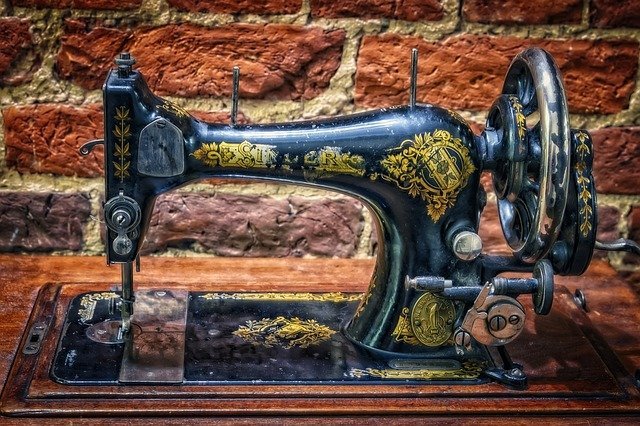Cover Stitch - The Simple Steps of How to Do a Cover Stitch

Yes, you could do a cover stitch on your own server! Many servers come with an automatic cover stitch, however you can get some that don't. Still, they do a fantastic job of creating cover stitches even when giving a very professional and pleasing look to your projects. When creating cover stitches for the very first time, it may seem like it's too difficult.
So, what exactly is coverstitch? Simply put, it is a method of creating raised stitches on fabric that doesn't have a zipper. Typically, if you have a zipper, then you have a hard stitch. That's because when you zipper up the fabric, the weight of the yarn pulls the needle snugly through the stitching, preventing the stitches from opening. This is why it's good for heavier fabrics or when you're looking for a really nice look, even though the stitches will be small and tiny.
In this day and age, there are many different machines that you can purchase that specialize in creating these kinds of stitches. If you have a sewing machine already, then you probably have a machine that has an automatic setting. There are even some vacuum cleaner type machines that can sew these kinds of stitches. However, the best way to get them to work is by using a coverstitch machine. They are available in just about every sewing machine out there.
One step involves threading the needle. This is usually done by turning the presser bar counter clockwise. When the needle reaches the end of the thread, you should turn it counterclockwise to begin the second step. The second step involves feeding the presser thread through the looper thread.
Another step involves feeding the loose thread through the eye of the cover stitch as well as the eye of the regular sewing machine. The process is the same as with regular sewing machines but this time it's on the other side of the fabric. Cover stitch works with all kinds of fabrics from denim to silk. In some cases you may find that the process will work on certain fabrics only.
The last step is to start feeding the binder through the top of the presser thread on the cover stitch machine. The binder will prevent the loose ends from unraveling. There is a rubber band that helps keep the binder in place. In some cases, there is a one-step loop attached to the end of the binder. You can't do coverstitch with three needles because the binder and loop don't move when you turn the machine on and off.
The final step is to fasten the cover stitch machine shut. Sergers come in a variety of sizes to accommodate the amount of fabric you are working with. In most cases, the smaller the serger, the easier it will be to sew fabrics that have thick material like shag. If you are unsure about how much fabric to use or if your machine needs some adjustments, ask a professional for help.
Cover stitches are a great option for sewing quilts or curtains because they can easily be done at different widths of the seams. This allows you to see a specific area or hem of a garment without disturbing the other parts. It also gives you a chance to practice what you have learned before trying it on an actual garment. Cover stitches are easy to learn and create beautiful projects.
To begin, you will need two needles - one needle that has a small hole at the end that passes through the fabric onto the needle that has a ring at the other end. With the machine on, turn the machine on and run a straight stitch from the left needle tip to the right, moving back and forth a particular number of stitches. It may take several tries to get used to this pattern, but after a few tries you should find it quite natural and comfortable to work with.
The third step is to hold the seam of the garment comfortably against your hands. Using a sewing machine, place the ring needle into the machine's feed tube with the needle pointed down. Pull the sewing machine's feed chain back through the seam, taking care not to pull the needle back through the fabric as you go. This is how far the seam will be covered by the cover stitches.
After pressing the cover stitch down to cover the seam, pass the needles that are on the inside of the seam into the presser foot of the machine. Turn on the machine and work the seams until they are complete, adjusting the needles as necessary. If you have many difficult stitches, you can add more cover stitches at the beginning and end of the rows to make it firmer. Be sure that you use a firm but gentle presser foot to avoid damaging your machine.